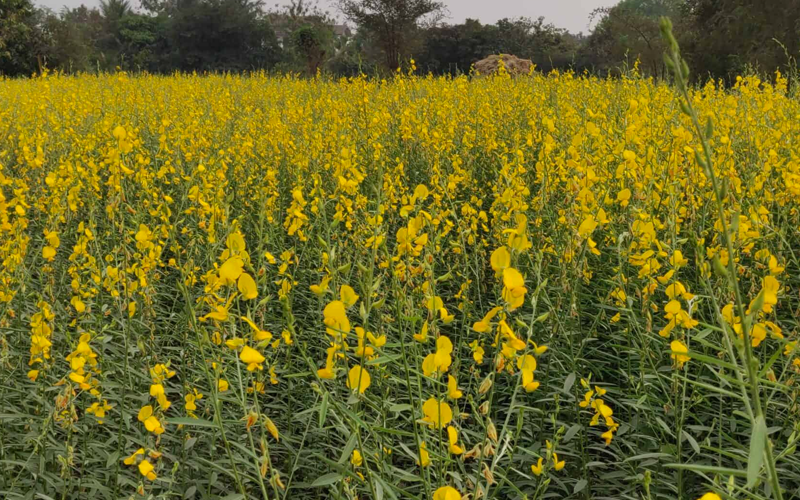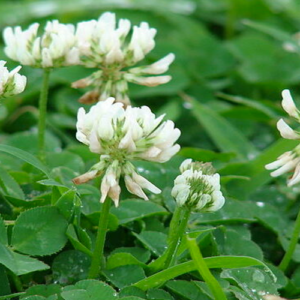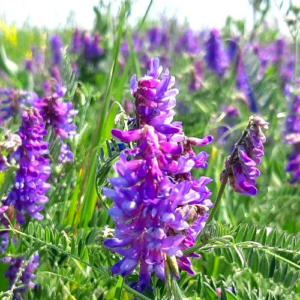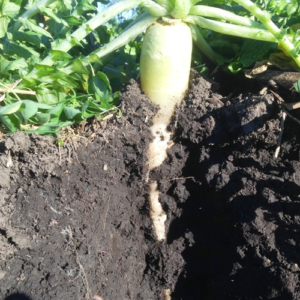Description
Sun hemp (Crotalaria juncea) is a tropical legume that is commonly used as a cover crop in many parts of the world. It was first established as a great cover crop due to its ability to fix atmospheric nitrogen, improve soil health, suppress weeds, and provide other benefits to the agroecosystem.
The use of sun hemp as a cover crop dates back to ancient times in India and Southeast Asia, where it was traditionally used for soil improvement and as a source of fiber. In the 20th century, researchers began to study sun hemp’s potential as a cover crop for modern agriculture, and it has since become widely recognized as one of the most effective cover crops available.
One of the key reasons for sun hemp’s popularity as a cover crop is its ability to fix nitrogen. Sun hemp has a symbiotic relationship with soil bacteria that allows it to convert atmospheric nitrogen into a form that plants can use. When sun hemp is grown as a cover crop and then incorporated into the soil, it can provide a significant amount of nitrogen to subsequent crops, reducing the need for synthetic fertilizers.
In addition to its nitrogen-fixing abilities, sun hemp is also known for its ability to suppress weeds. Its rapid growth and dense foliage shade out weed seeds, reducing weed pressure in the field.
Sun hemp is also a good source of organic matter, which can improve soil structure and increase water-holding capacity. Its deep taproot can help break up compacted soil and improve soil drainage.
Overall, sun hemp’s ability to improve soil health, reduce weed pressure, and provide a source of nitrogen make it an excellent choice for farmers looking to improve the sustainability of their agroecosystems.




